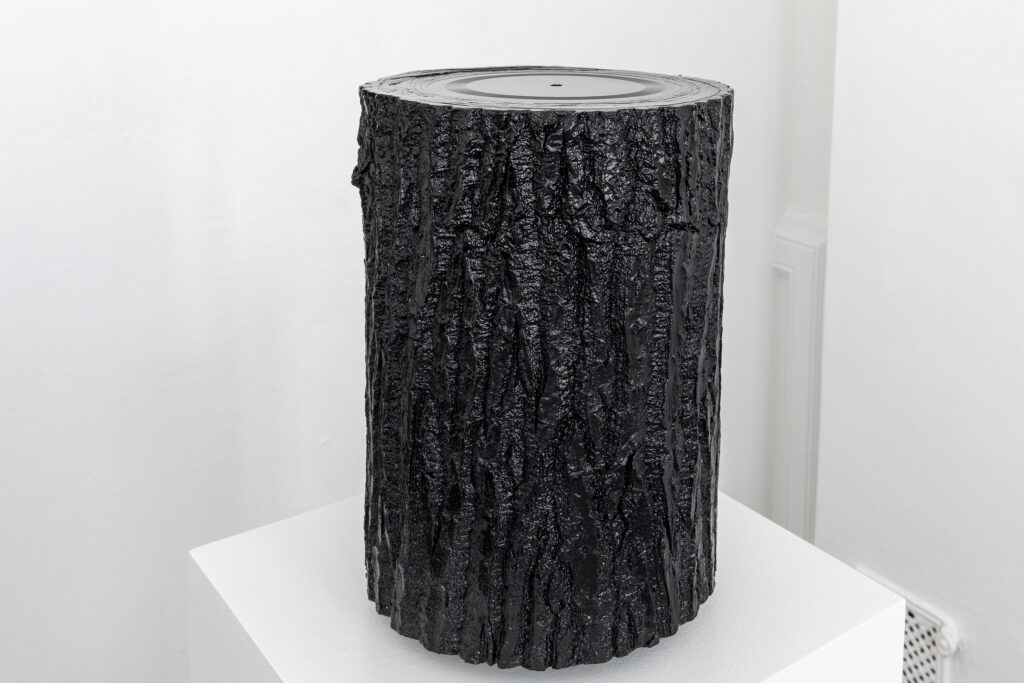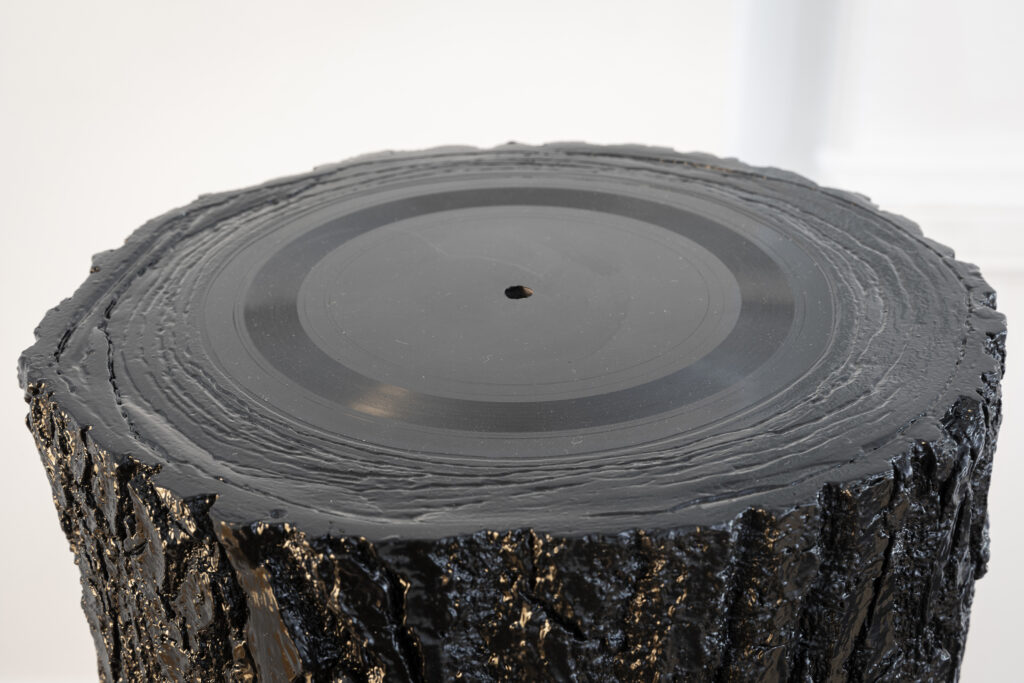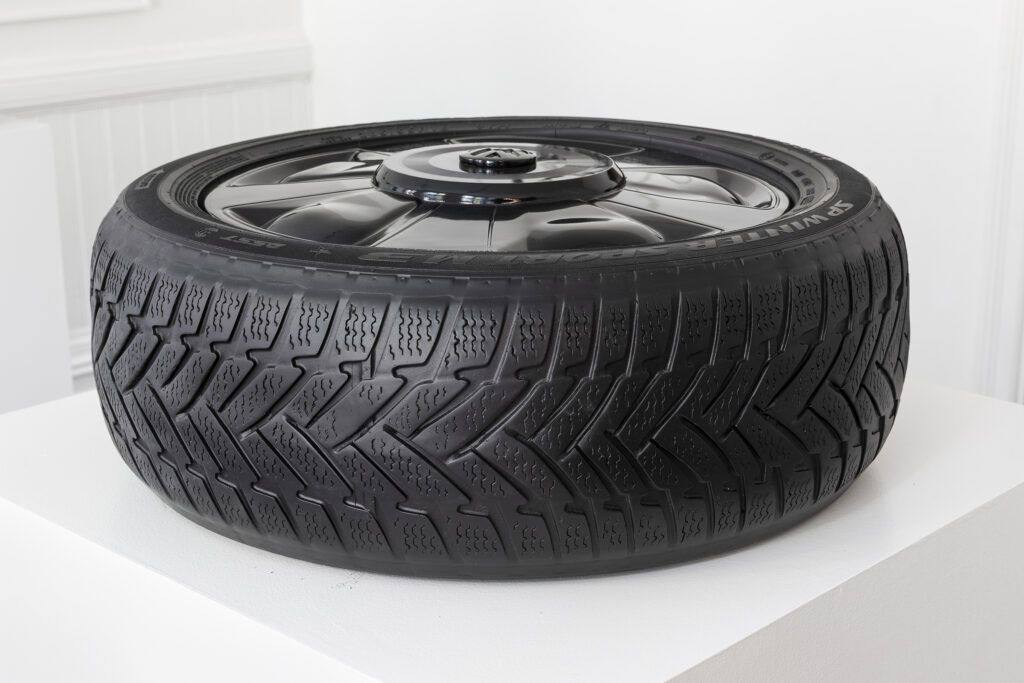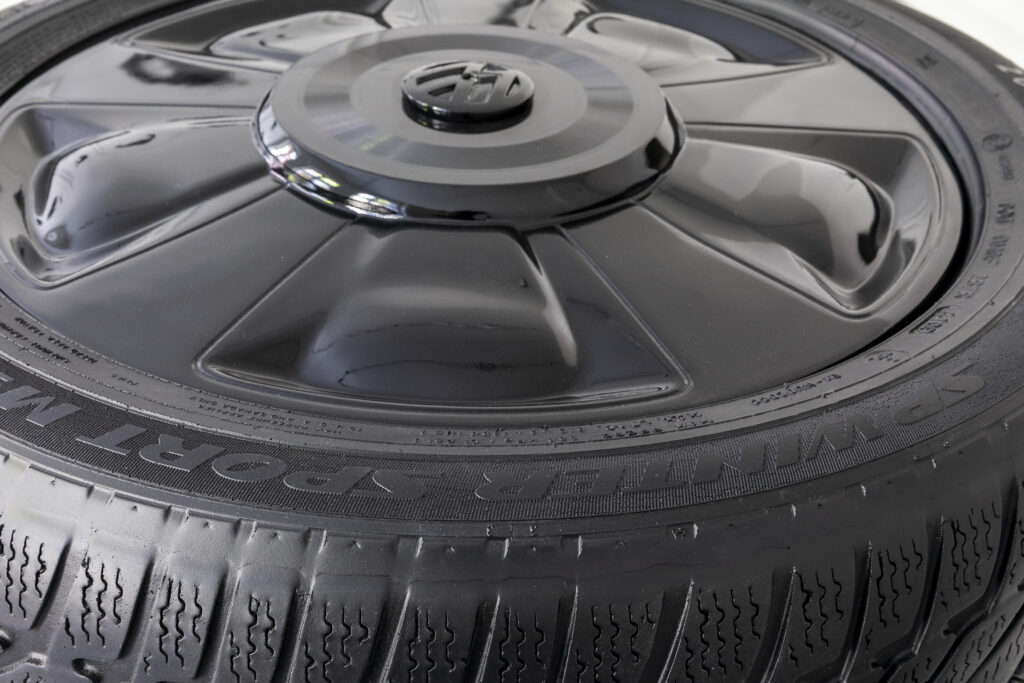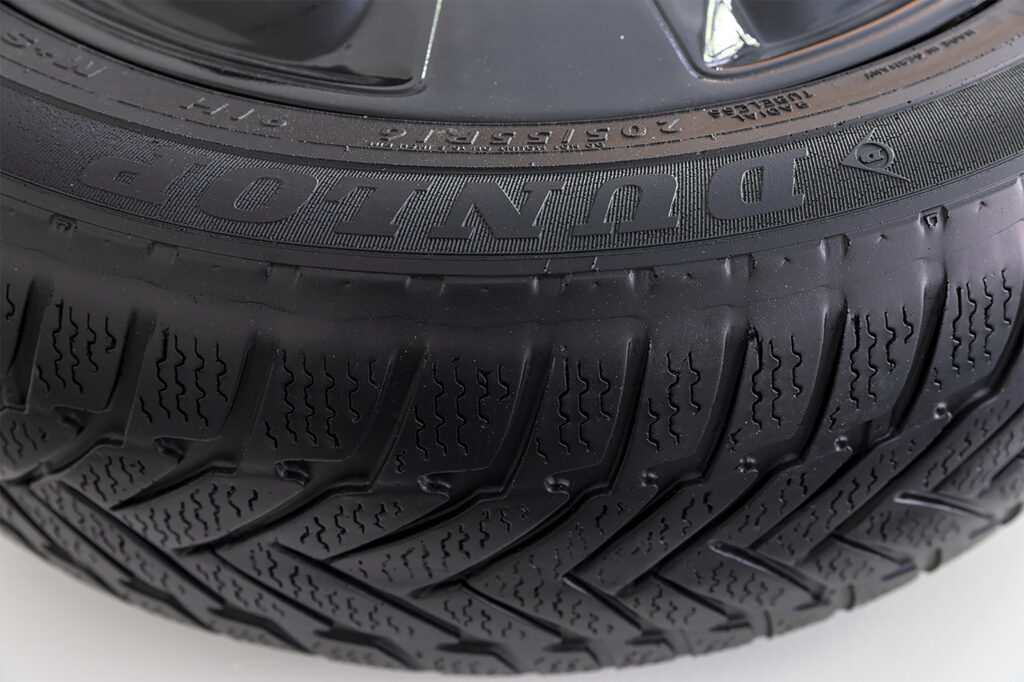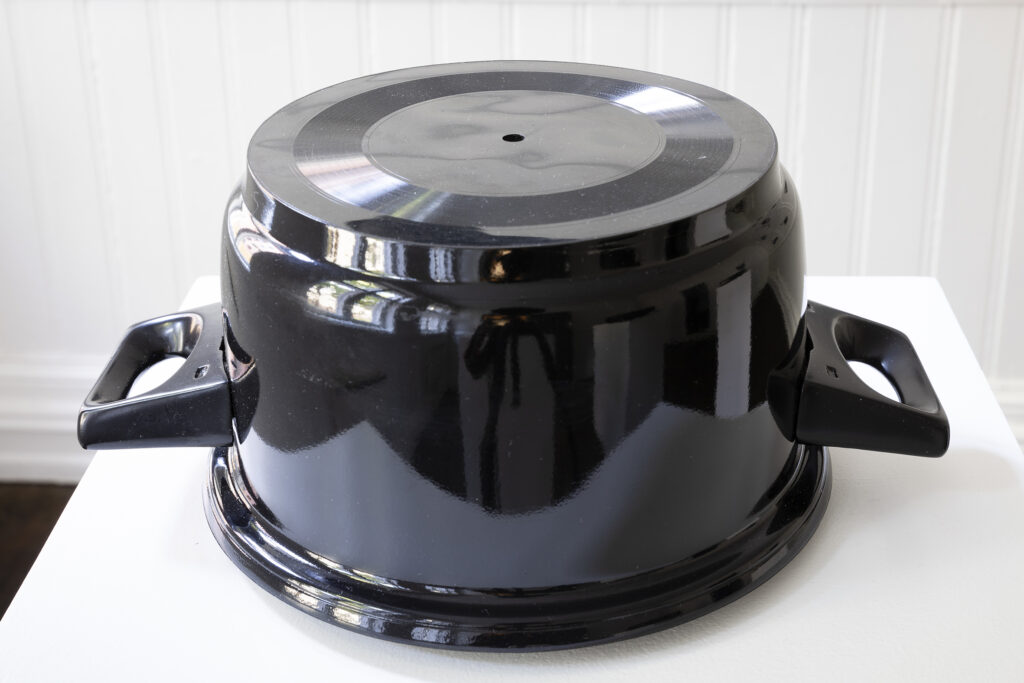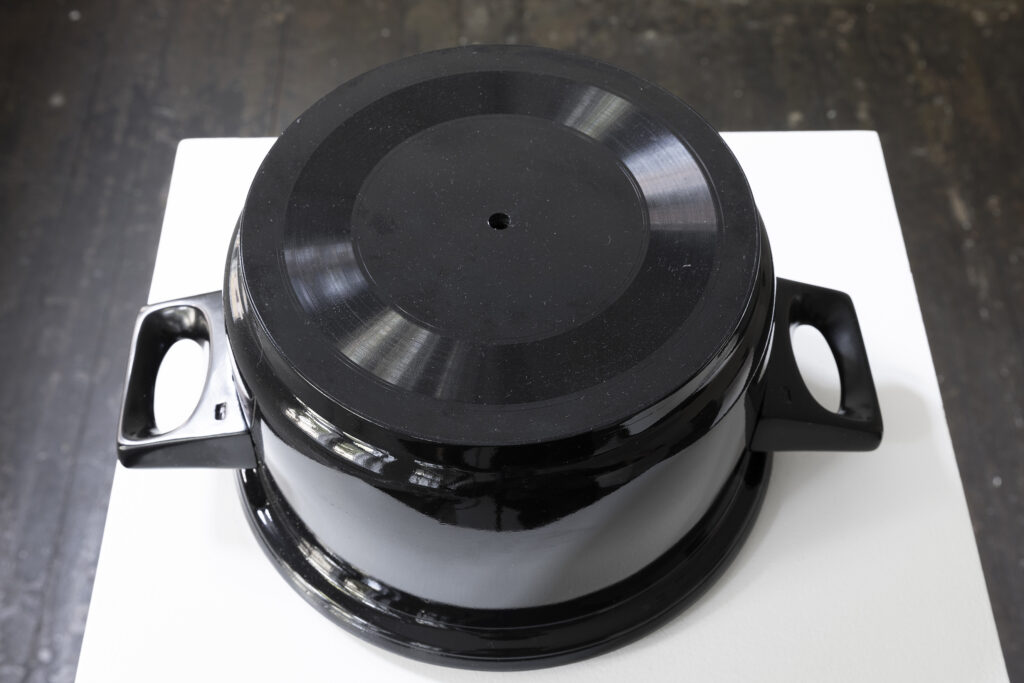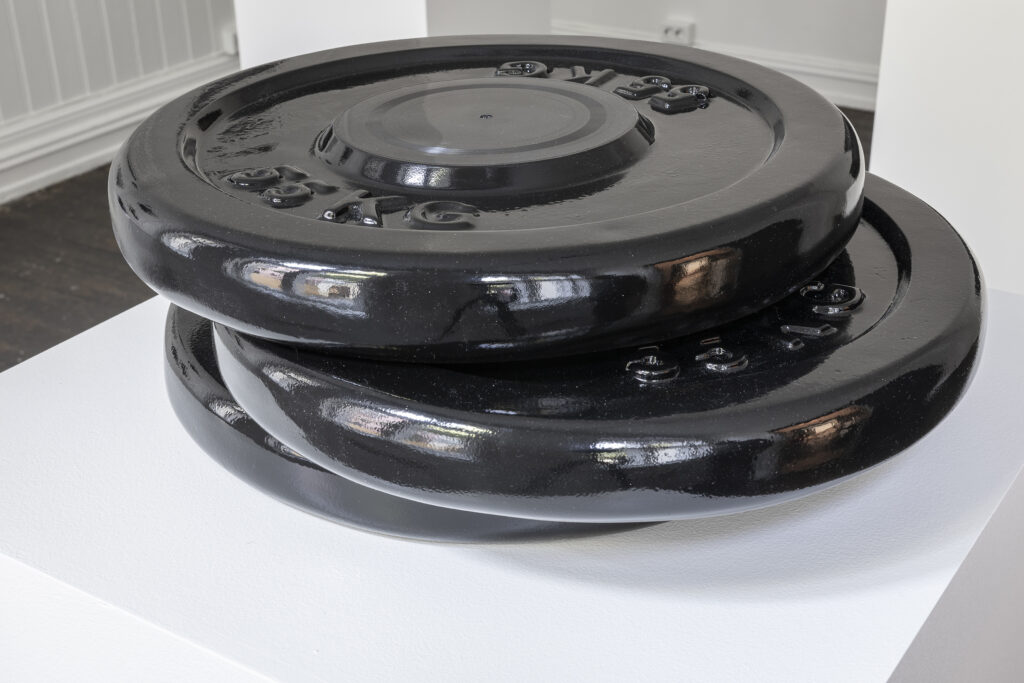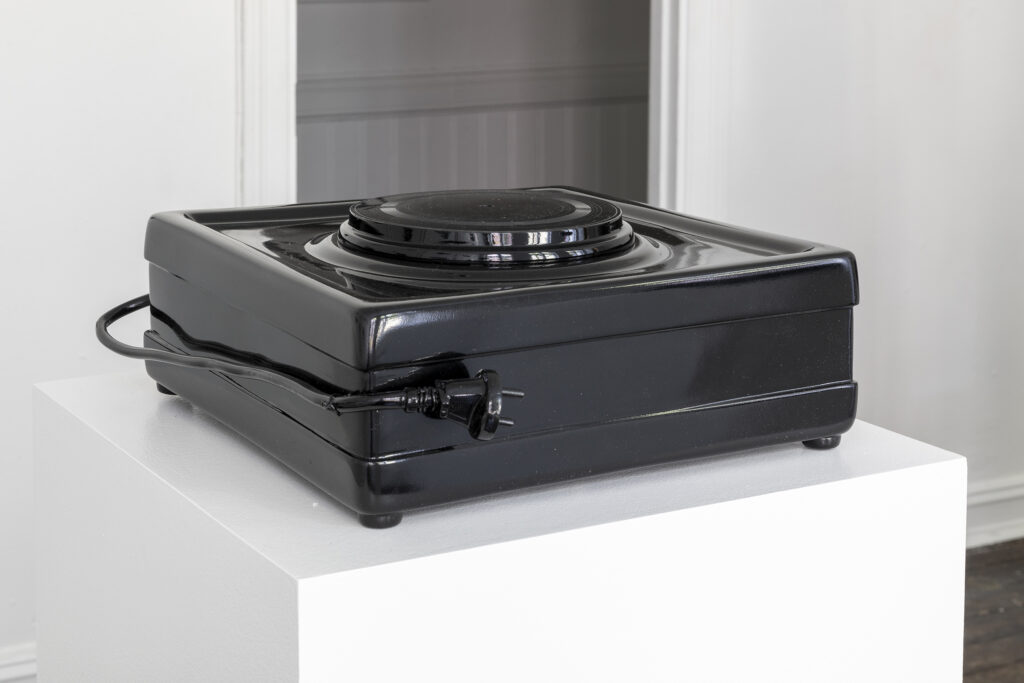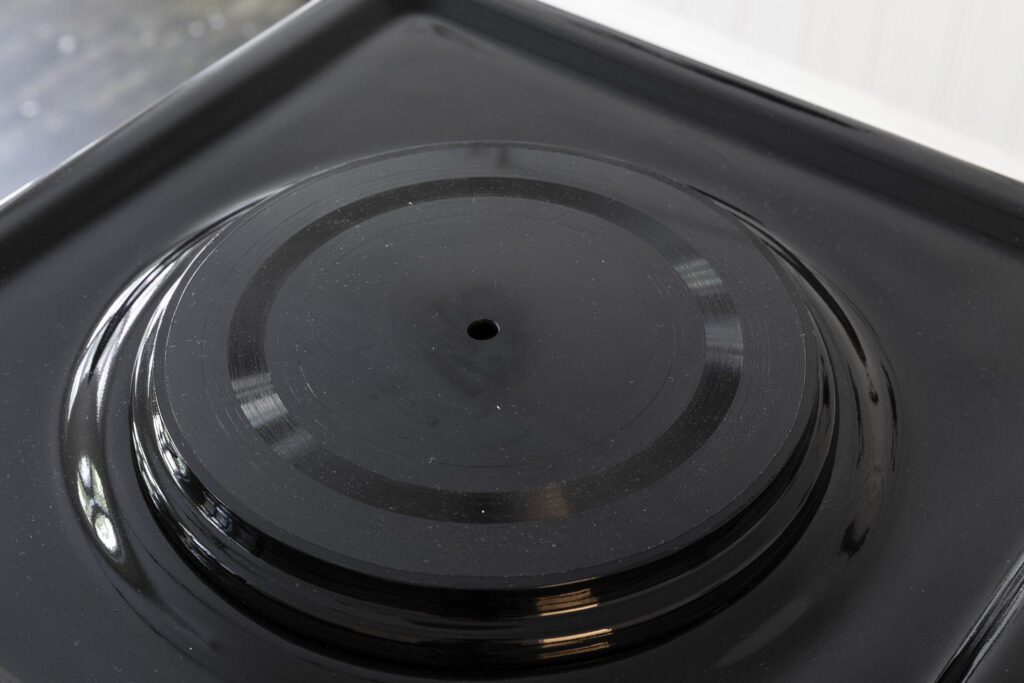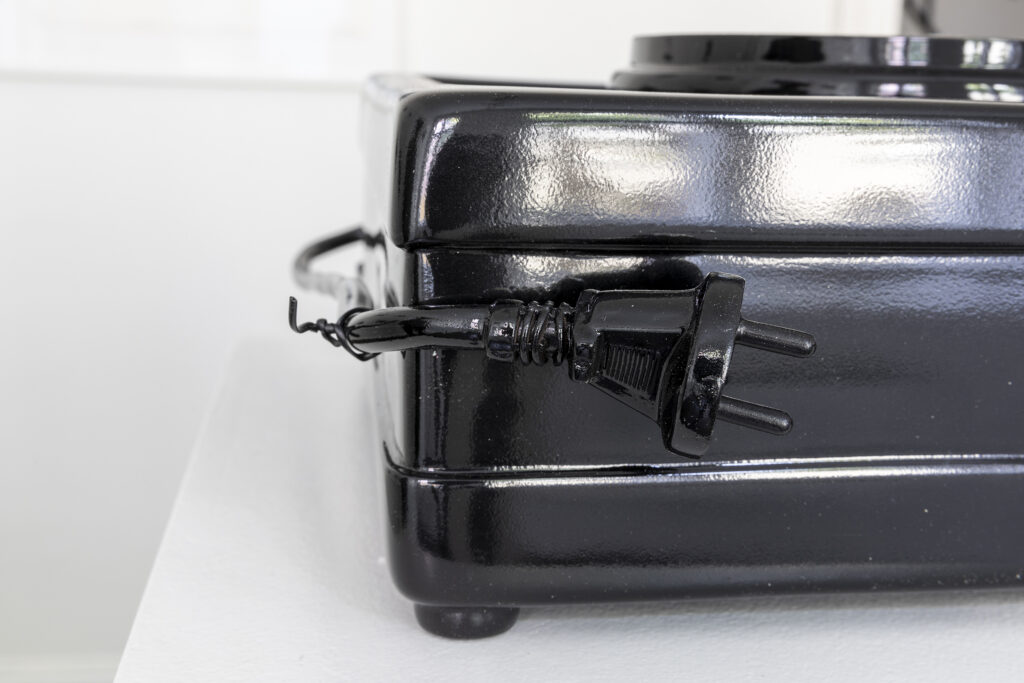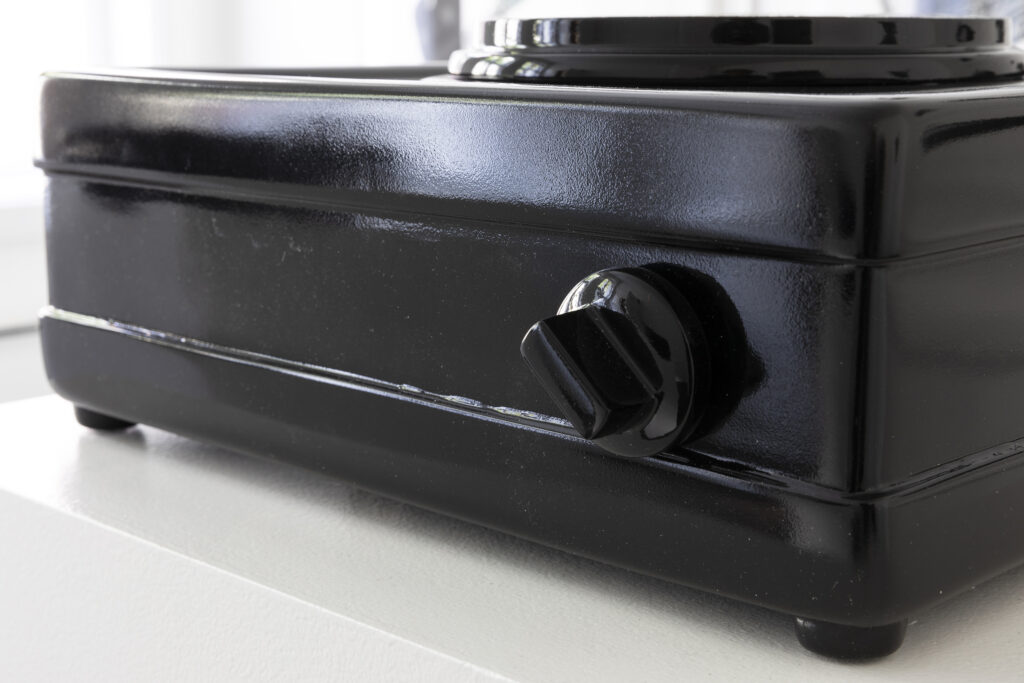Sculpture / Installation. 2020-2024
Variable dimensions.
Epoxy resin, two components plastic, paint, Glass fiber, metal, and Electronic components.
Image view: Adrian Bugge, Gallery 69, 2022
“I learned that people will forget what you said, people will forget what you did, but people will never forget how you made them feel”
Maya Angelou
The Stele of Mesha is a black basalt stone tablet ordained with an intricately engraved inscription. Preserved from the ancient Moabites civilization (tribes of Canaanite origin that settled on the East bank of the Jordan towards the fourteenth century BC), the stone is engraved with text that is the most extensive inscription recovered in the paleo-Hebrew alphabet.
Unlike the permanency of stone engraving, our culture writes its own history in the ether.
Paradoxically, in a single minute in our contemporary world, 38 million WhatsApp messages are sent, 266,000 hours of Netflix are consumed, 4.3 million videos are watched on YouTube and 3.7 million searches are performed on Google. So many of our scriptural efforts disintegrate in time with remarkable ease.
However, if the Internet could be considered as a country, it would be the sixth most polluting nation in the world. As the data offered by Big Data 2015 of the OBS Business School and Greenpeace envisage, that by 2020 more than half of the world’s population will be Internet users.
Such a relentless dynamic is generating a peculiar kind of pollution, useless information, or “junk information”. Mistakenly, this is considered a minor problem in the face of the intense environmental crisis that our planet is suffering from today, evading the relationship between the environmental crisis and virtual pollution.
Starting from this problematic assumption and affirming that art is mainly an instrument of expansion of knowledge focused on analyzing the depth of relationship of man with the world, the project “Don’t write it on ice” has a prevalent relevance.
The apparent form of this work refers to the installation, but its particular feature is based on and shaped by the interactive. The starting point, in any case, is the viewer’s life experience, a new facet in my work, usually more focused on personal approaches, acts of critical self-awareness, and my attitude towards society and art.
For the project, I invite several people to small recording sessions, with the motivation to describe to me an episode of their lives in which they have been affected physically, emotionally, or psychologically. The sounding grounds respond to the familiar nucleus, work environment, academics, friends, the relations of power, etc. Each recorded anecdote must have a maximum duration of five minutes, these recordings are then pressed onto a vinyl record, specifically a 7-inch at 45 rpm record.
Besides, each story will be interpreted metaphorically in a certain state or physical appearance, embodied, eventually being turned into an object. The experience, essentially ephemeral, acquires solid bodies. For example, an anecdote of domestic inter-conjugal abuse is transfigured in a single-burner stove.
Each of these objects, while participating in the notion of a symbol, will not feed on the intrinsic character of the ready-made. Instead, the objects created will be mimetic copies, made of plastic and epoxy to eliminate all notions of utility. The materials used in the creation of the works are an important aspect of the narrative of this work, which gives the viewer a certain sensory distance. The objects will function as a statement querying the banality of the everyday. The copy is a simulacrum, a spring that will allow the public to question the real as absolute.
With the use of a cutting-edge technique, the different collected stories will be recorded on the objects as a vinyl record. Appropriating the meaning and characteristics of the vinyl record, emphasizing its repetitive and standardized character and commercial condition. A metaphorical gesture of critical content that seeks to rethink specific aspects envisions contemporary art as a mechanism of veneration, even in those episodes in which it condemns and criticizes.
I emphasize that the purpose of art is not to resolve conflicts but to warn the contemporary man of the zones, processes, and unsuccessful experiences of our history.
All the objects involved in the installation can be played and heard as if they were ordinary vinyl records. This is thanks to a machine specifically designed for the project.
The union of all the objects will form an archive against forgetfulness, a scenario in which to share authentic stories, a strategy to treasure error and its traumas, as an essential factor in the process of emotional learning that all life understands.
